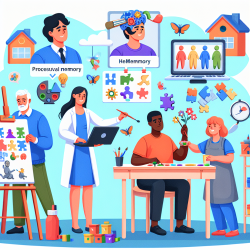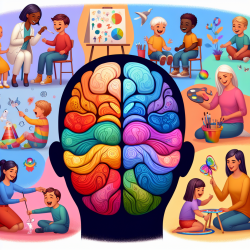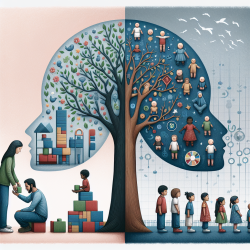The prevalence of sexual harassment among adolescent girls is a pressing issue that demands attention from educators, healthcare providers, and policymakers. A recent study titled "Experiencing sexual harassment by males and associated substance use & poor mental health outcomes among adolescent girls in the US" sheds light on the widespread nature of this problem and its detrimental effects on young girls' mental health and substance use patterns.
Key Findings from the Study
The study surveyed 159 sexually active adolescent girls aged 15-19 from an urban health clinic in Southern California. It revealed that:
- 65.4% reported experiencing sexual harassment in the past six months.
- The harassment predominantly occurred in public spaces such as public transport (50.5%), schools (42.7%), and neighborhoods (39.8%).
- The majority of perpetrators were strangers (82.7%).
- Sexual harassment was significantly associated with increased alcohol use, binge drinking, marijuana use, and feelings of depression and anxiety.
- Over half of the girls experienced harassment in multiple locations, correlating with poorer substance use and mental health outcomes.
Implications for Practitioners
These findings highlight the urgent need for practitioners to address sexual harassment as a critical factor affecting adolescent girls' well-being. Here are some strategies practitioners can implement:
- Enhance Awareness: Educate students, parents, and school staff about the prevalence and impact of sexual harassment through workshops and seminars.
- Create Safe Spaces: Develop safe zones within schools where students can report harassment without fear of retaliation.
- Implement Support Systems: Establish counseling services specifically aimed at supporting victims of sexual harassment.
- Promote Research: Encourage further research into the specific environments where harassment occurs to tailor interventions effectively.
The Need for Continued Research
The study underscores the importance of ongoing research to fully understand the scope of sexual harassment among adolescent girls, particularly those in high-poverty areas where multiple forms of violence intersect. Future research should focus on:
- The role of socioeconomic factors in exacerbating or mitigating harassment experiences.
- The long-term impact of harassment on academic performance and career prospects.
- The effectiveness of different intervention strategies in reducing incidents of harassment and improving mental health outcomes.
To read the original research paper, please follow this link: Experiencing sexual harassment by males and associated substance use & poor mental health outcomes among adolescent girls in the US.










